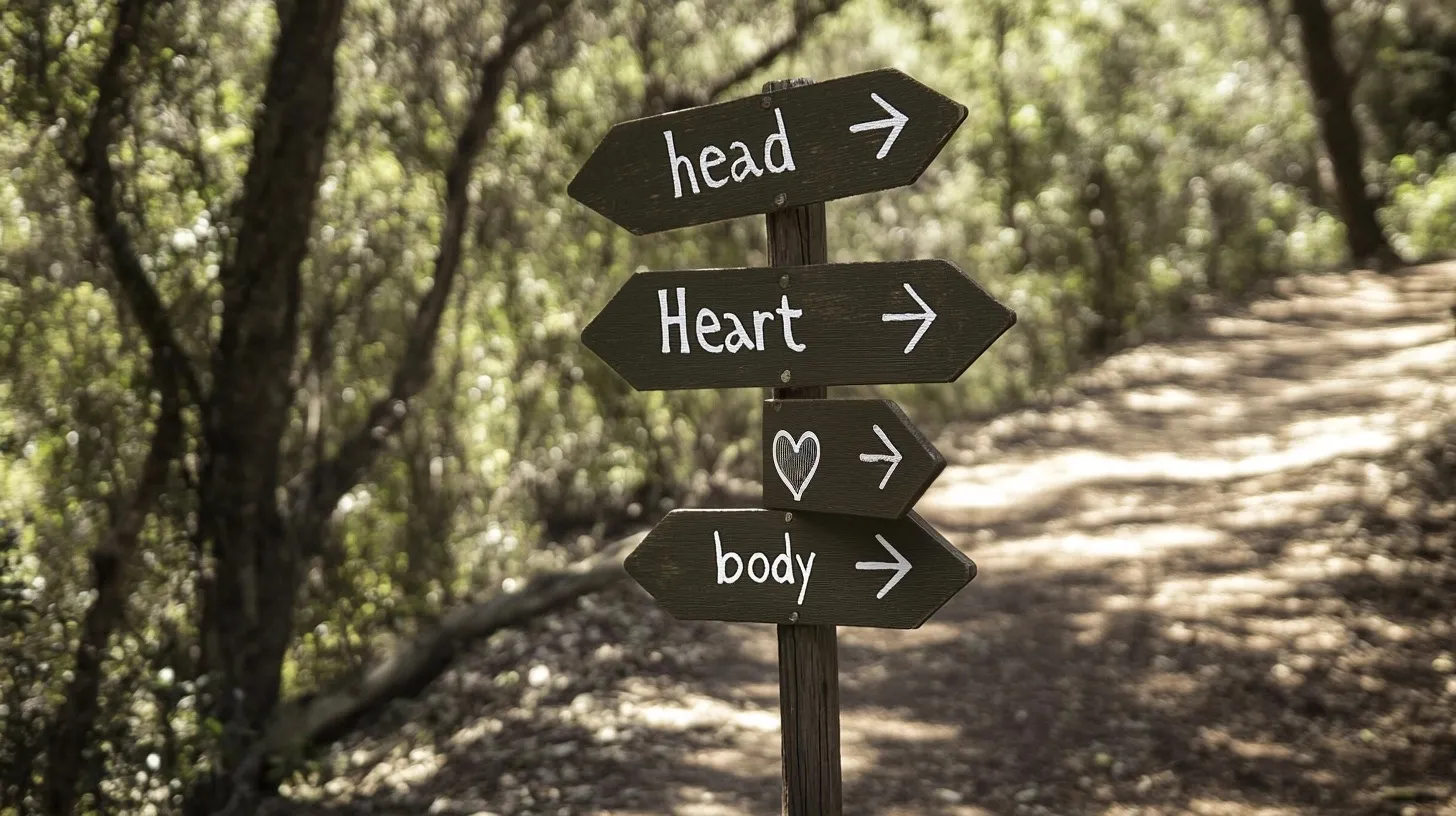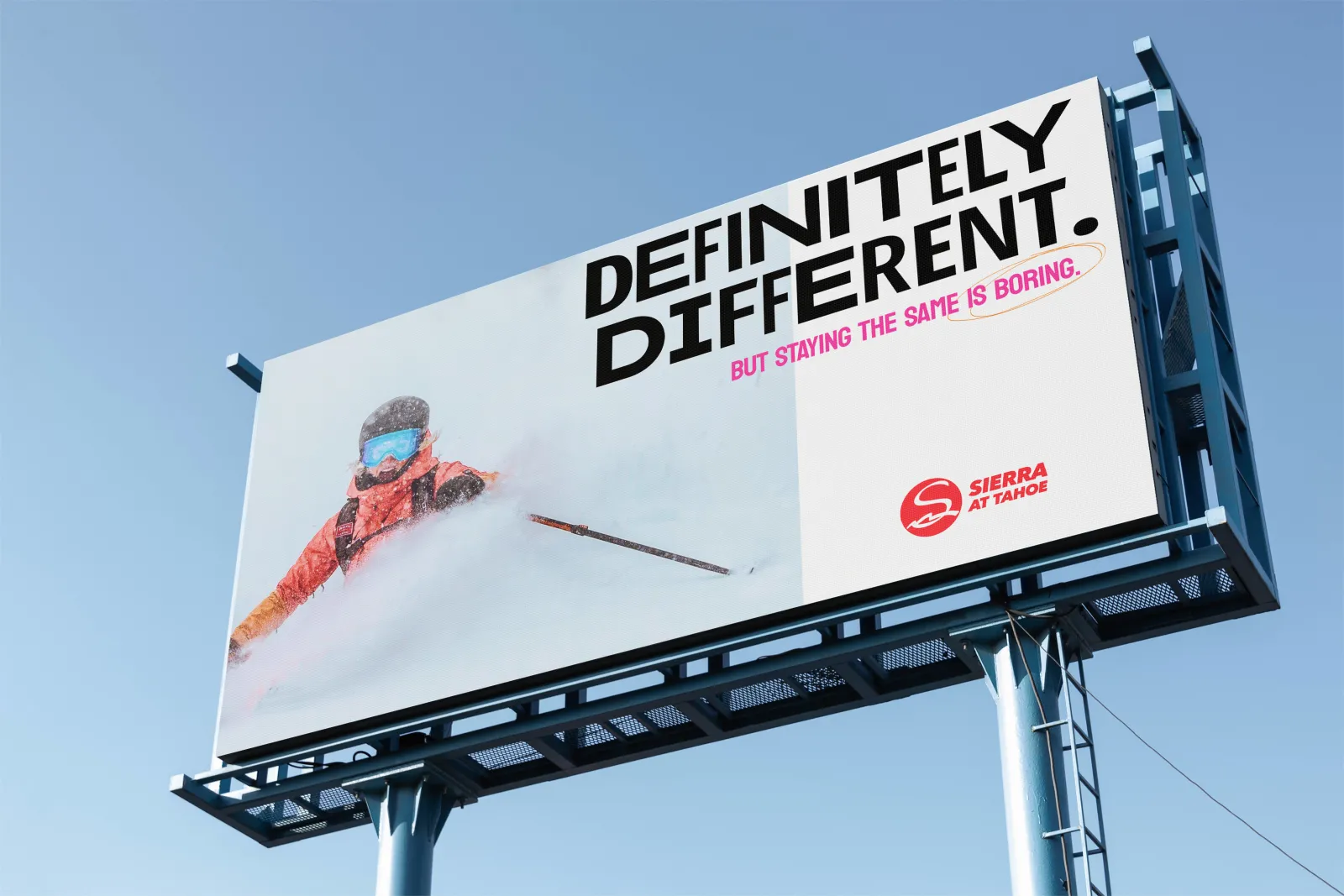Five deadly sins of branding
Building a brand is an exciting process, whether it’s starting with a blank slate for a new product/offering or touching up an existing brand platform to evolve direction and refine the rough edges. At Origin, we work with a broad range of clients to develop their brand platform- from resorts to destinations to manufacturers. Having gone through the process more times than we can count, we’ve seen a number of things that work really well but also a handful of common pitfalls. Without guidance and correction, these traps can quickly derail a brand or, perhaps worse, result in something that just doesn’t resonate.
Next time you undertake the journey of building your brand, be sure to watch for these five common traps along the way.
1. The Sin of Ambiguity
No matter the industry or client, there is a consistent pressure we see clients face perhaps more commonly than any other; the pressure to grow sales by appealing to a broader customer base. While reaching new customers is often a mandate for growth, the right approach isn’t always to broaden the target audience - in fact trying to be “everything to everyone” is often a path to being “meaningless to most people”.
The strongest brands are single-minded and focus on a specific attribute or value that resonates with a specific psychographic audience. Patagonia has chosen to focus on ethically produced products for people who are passionate about sustainability and the environment. The moment they water-down that position and sacrifice that commitment in order to reach a broader audience, they lose what makes them who they are and what resonates so strongly with their core customer.
2. The Sin of Cliché
Every time we sit down with a group of resort or mountain destination marketers to define their brand essence, we like to do a little exercise. I’ll admit it’s somewhat facetious but it proves a point. We ask the group to call out words that they feel describe what makes their brand so special. As you might imagine, there’s a list of about 10 words we hear again and again -- adventurous, welcoming, authentic, fun... the list goes on.
These are all good places to start, but they represent the surface of a deeper idea. Without spending the time to dig deeper though, it’s easy to end up with a cliche brand that’s not unique or differentiating. The true skill is to refine these ideas into something unique and specific to your brand. I once had a client break the cycle by telling me their brand was “hopelessly romantic” - now that was an idea that broke the cliches which we could latch on to and build off of.
3. The Sin of Dubiousness
Wouldn’t it be nice to have a magic wand you could wave and transform your brand into whatever you dream of it being? Unfortunately, that’s not how brands work, and not only because there’s no such thing as magic (... if only). While as marketers it is our job to try and shape brands, they ultimately exist as perceptions in the mind of the consumer and are based on the sum total of their experiences and associations with a product/place.
These perceptions can’t be changed overnight. Much has been written about the importance of brand authenticity, and consumers are savvy to brands that try to manipulate their image while losing sight of the past or reality of what they offer. On the other hand, some of the strongest brands embrace their heritage at the core of who they are.
4. The Sin of Inconsistency
Building off of the importance of authenticity and heritage, it’s equally critical that brands chart a consistent path towards their goals, avoiding the schizophrenic tendency of constantly changing direction with the tides of public opinion or popular culture.
Having a well articulated and understood brand platform is the first step in ensuring that all marketing decisions are consistent with the underlying essence and values of the business.
5. The Sin of Neglecting Emotion
In the world of branding and marketing, we often like to talk about the difference between functional benefits and emotional benefits of a product. Functional benefits represent the obvious tangible assets of a product, for example, a 5.7 liter V8 in a Toyota Tundra pickup provides the functional benefit of powerful acceleration and towing ability.
But emotional benefits take a little more digging to uncover - they represent the intangible emotions and feelings that a consumer gets when they engage with the product or brand. In that same Toyota truck, the V8 engine might help a buyer feel powerful, strong or masculine. When this concept is applied to the world of place branding, many mountain destinations have similar tangible attributes like mountains, trails, forests, and lakes that provide functional benefits of outdoor recreation and access to nature. But by asking “why is it important to have these benefits to our customer” and thinking about how our own specific blend of attributes contributes to making our customer feel a certain way, we can define the emotional benefits. Perhaps a destinations combination of tangible and intangible attributes will help a guest feel excited, adventurous or accomplished. Or perhaps the resulting emotional benefit is more about relaxation, rejuvenation, and connection to nature? These are totally different ideas that can come from destinations that might look very similar at a functional/tangible level.
At the end of the day, building a brand is a complex process that requires both a deep understanding of who you are as a company and the values of your customers -- just be sure to avoid these pitfalls that ultimately lead to weak or generic brands that fail to maximize the value of branding.






